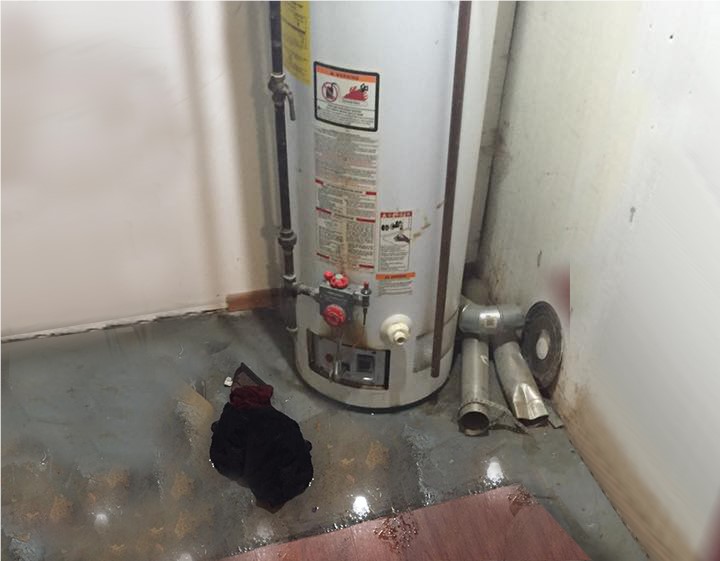
When a water heater leaks or overflow, the flooding that occurs is not only aggravating but it is also one that can cost you a lot of money due to the damage it brings. This is a problem many people face, yet it is something that is preventable as well. In order to avoid costly cleanup and repairs that come from water damage when your water heater overflows or leaks, there are a few things you can and should do.
Water Heater Maintenance Tips
For starters, you should know the lifespan of your current water heater and assess whether or not a replacement is needed. If your water heater is very old, you should definitely consider having it replaced. If it is relatively new, however, a preventive maintenance schedule is in order. Routine preventive maintenance involves things you should do every 3 months, 6 months, and every couple of years or so.
Every 3 months, you should flush out around a quart of water from your storage tanks. Every 6 months, your temperature and pressure valve should be checked. Every couple of years, your anode rod should be inspected and checked to see if replacements are needed.
Another thing you can do is to install a water shut-off valve to help prevent flooding should your water heater overflow or leak. Most of the expensive damage that occurs when a water heater leaks or overflows is when flooding happens. Having this valve installed can help prevent costly damage due to flooding from happening.
You should also consider updating or replacing old water heaters when you are thinking of remodeling your bathrooms. This will ensure that your new bathrooms look good, but you will also have enough hot water to use with your lovely new bathroom.
When Maintenance Isn’t Enough
If you are thinking of replacing your old water heater with a new one or want help improving your bathrooms, AAPCO is the home improvement company you can trust in the Greater Virginia area. We also offer other services, such as energy conservation and gutter protection. Feel free to contact us today for your home repair and improvement needs.
Subscribe to AAPCO Home Improvement's Blog





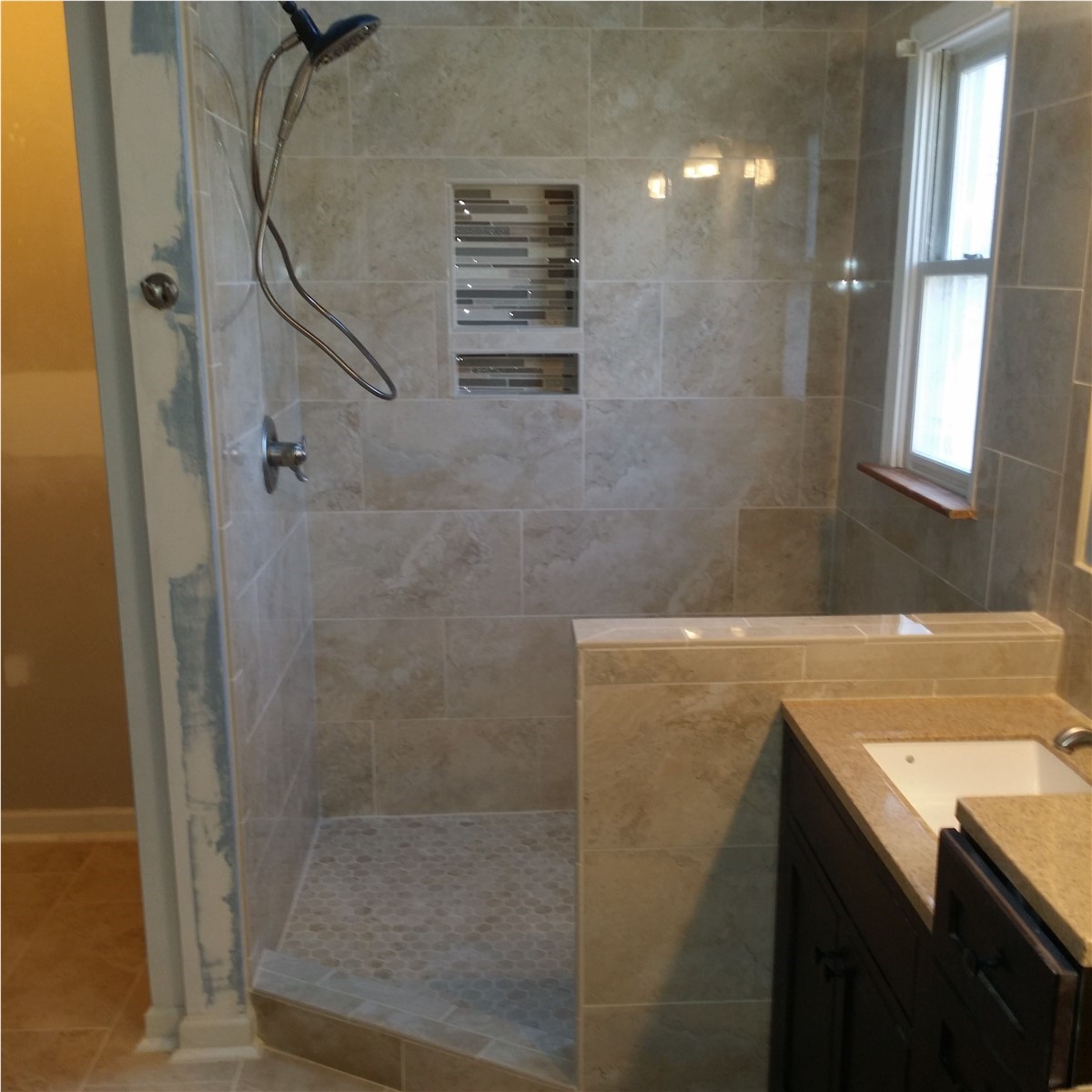
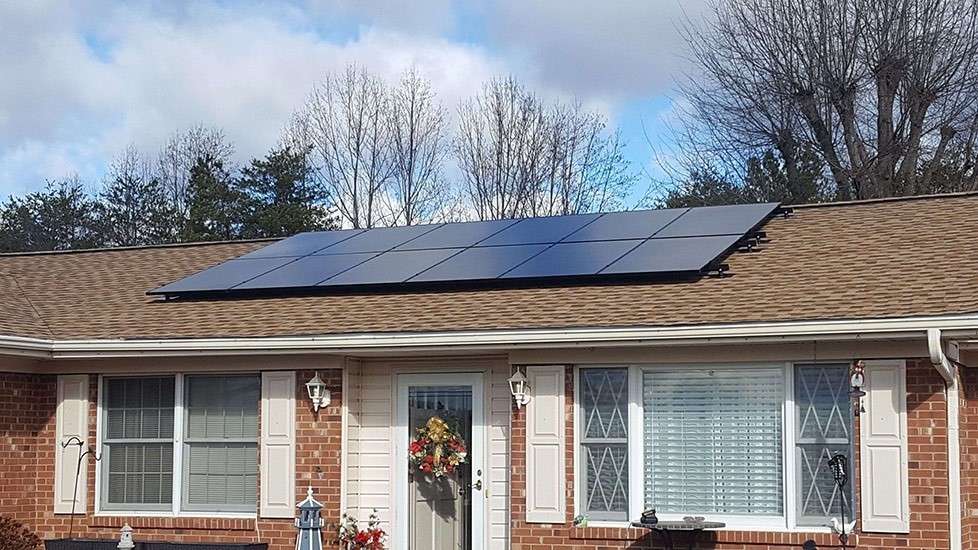
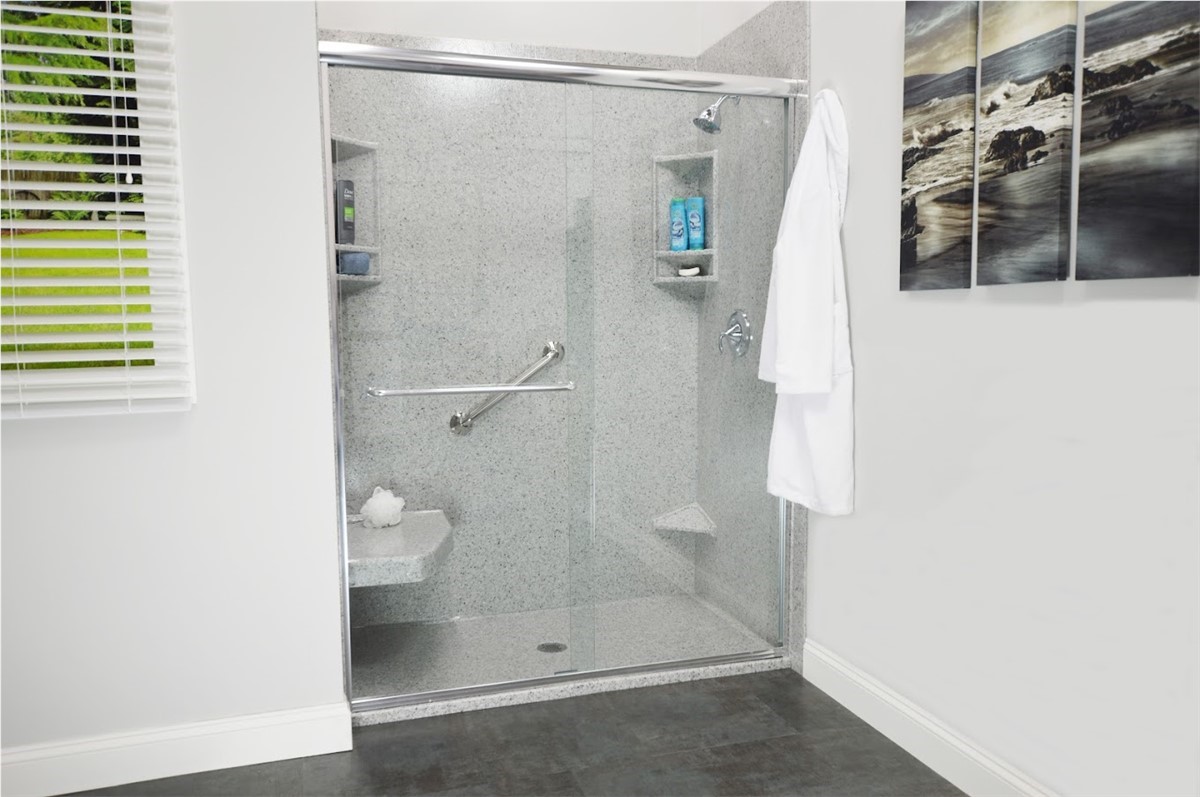
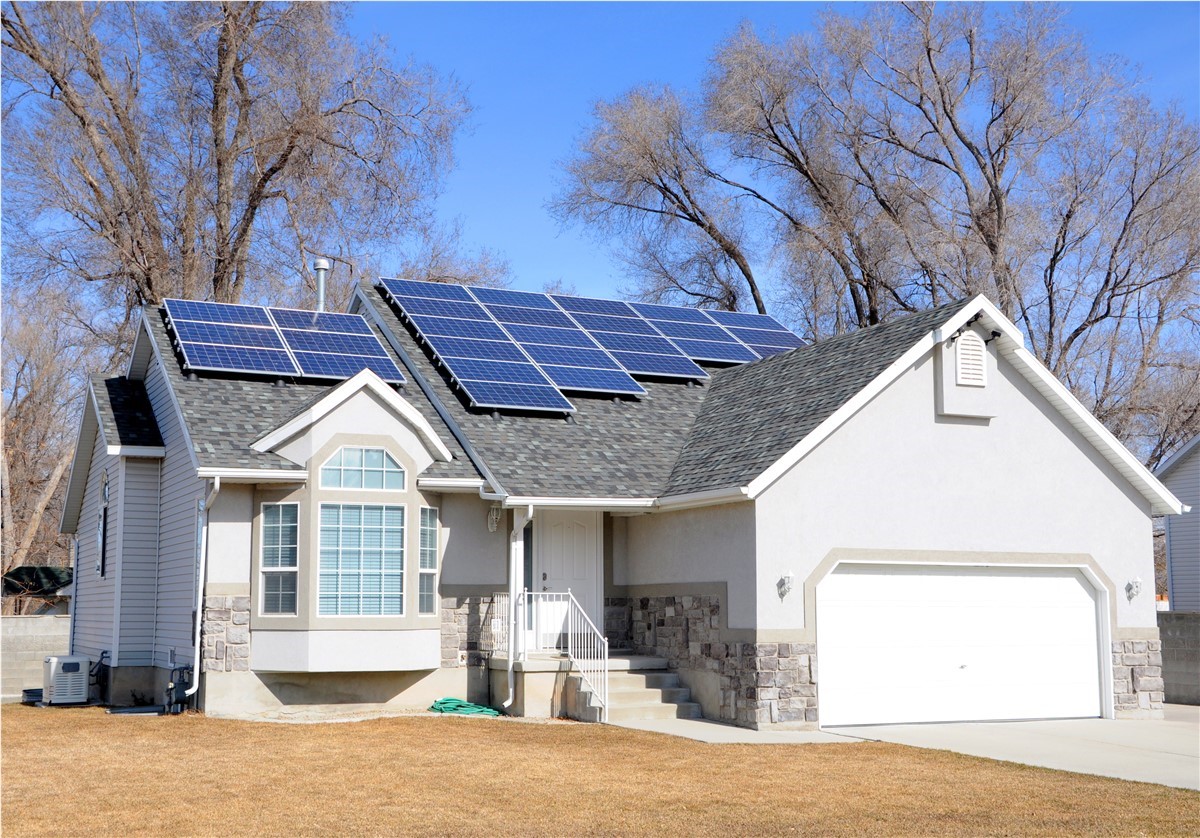

Comments